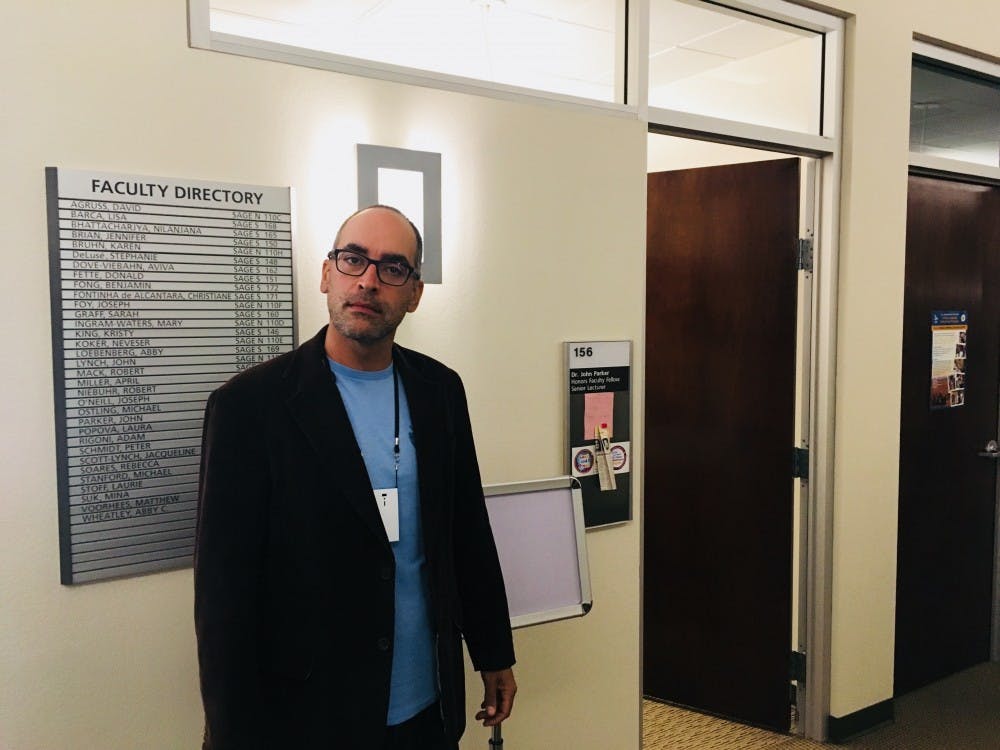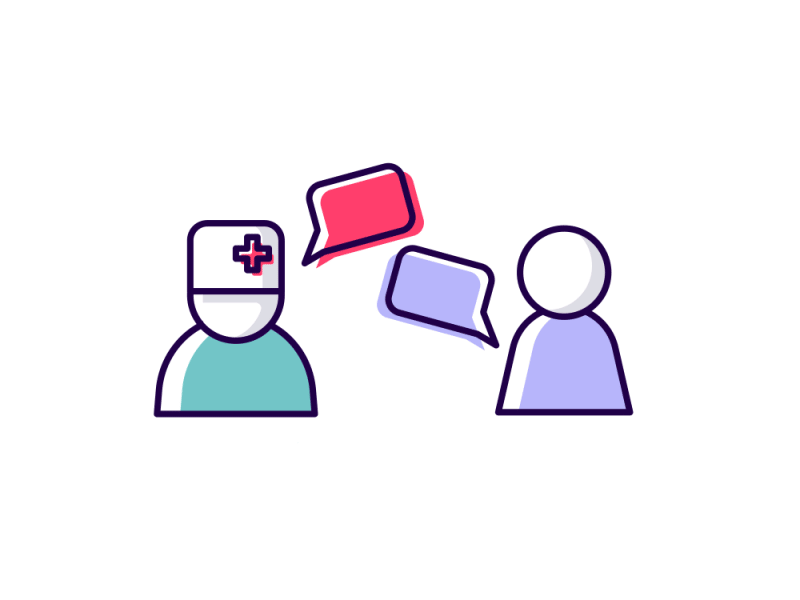Rarely do doctors' offices make patients feel right at home. That's exactly what Heather Ross, an assistant professor in ASU's School for the Future of Innovation in Society, aims to address.
"One of the things that we know is that the way that clinicians and patients communicate has a pretty significant impact on how patients think about their health," Ross said.
Ross said the manner in which patients and doctors conduct themselves during a visit significantly affects the outcome of that visit, and the patient's long term health.
"Historically, it's been hard to measure that," Ross said. "And it's been hard to give (doctors) meaningful feedback about how they communicate with patients."
There are several reasons why it's been so difficult.
GIF by SaleFish
"The exam room is a closed space," Ross said, "and it's a protected space."
Ross noted that exam rooms are highly confidential, limiting what sort of observational equipment researchers can use to watch interactions as they occur.
"In order to do any kind of assessment or reporting about communication, you have basically three options," Ross said.
In previous work on patient-doctor interactions, researchers have either put an observer in the room, videotaped the visit or recorded the audio. The problem with all three, Ross said, is that they all fundamentally change the way that the patients and doctors behave.
"When people know that they're being recorded, they may choose their words differently," Ross said.
In order to observe an untampered interaction, Ross placed a sociometer in the room. The sociometer is a cellphone-sized device that hangs around the patient's neck and takes measurements of the mannerisms of those in the room. Ross enlisted the help of John Parker, a sociologist at ASU, to best integrate the technology into her study.
"I have some expertise in how to use (sociometers), and what they mean, and what the patterns of communication are, and how they relate to the kind of outcomes that Heather is interested in," Parker said.
Parker explained that sociometers record interactions in a very different way than traditional recording devices.
"Compared to interviews, you get a lot more different kinds of data," Parker said. "You get data about, for instance, conversational patterns, not just who says what, but what we call paralinguistic aspects of speech."
Paralinguistics focuses on the aspects of conversation that do not directly stem from the words themselves. This includes intonation and mannerisms. The key, however, is that a sociometer does not actually record any of the words spoken, so as not to influence the conversation.
"It's not what the people say, but how they say it," Parker said.
Participants in the study have said that they like having the option of using a sociometer.
"Once we got the devices ready and we were certain that they would work, we started meeting with patients," Jessica Lehman, a senior studying nursing, said.
"For the most part, they were interested," Lehman said. "For the most part they would say 'Oh yes, anything to help improve communication between providers and patients, that would be great.'"
Reach the reporter at sdeadric@asu.edu or follow @deadrick_sam on Twitter.
Like The State Press on Facebook and follow @statepress on Twitter.





